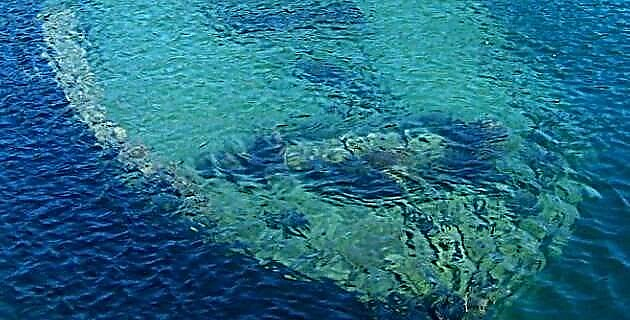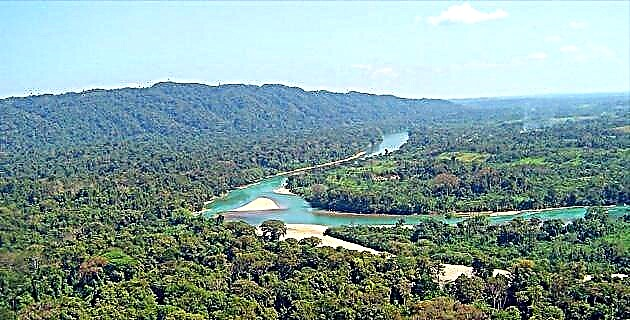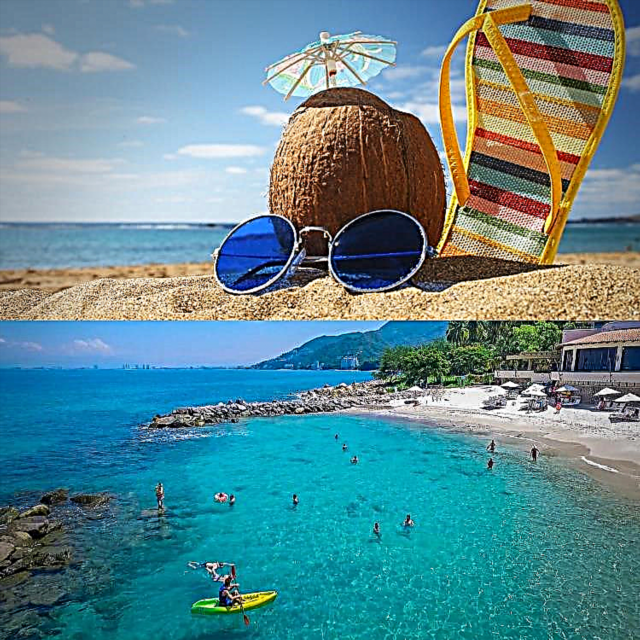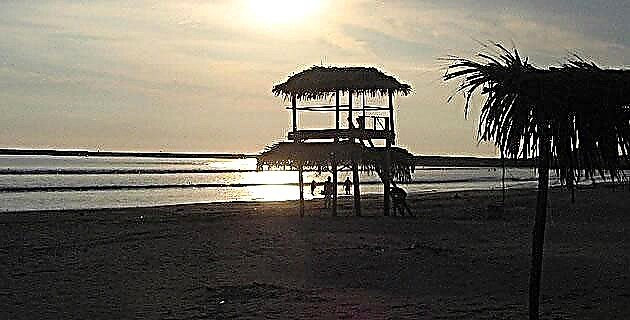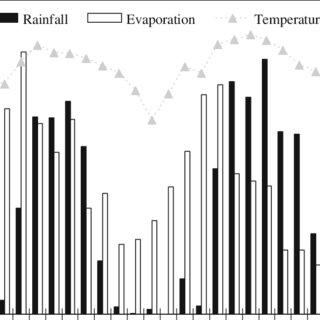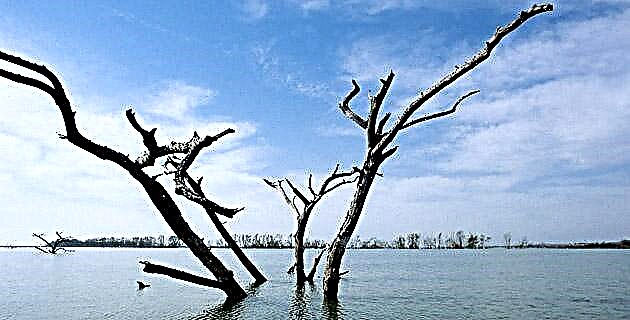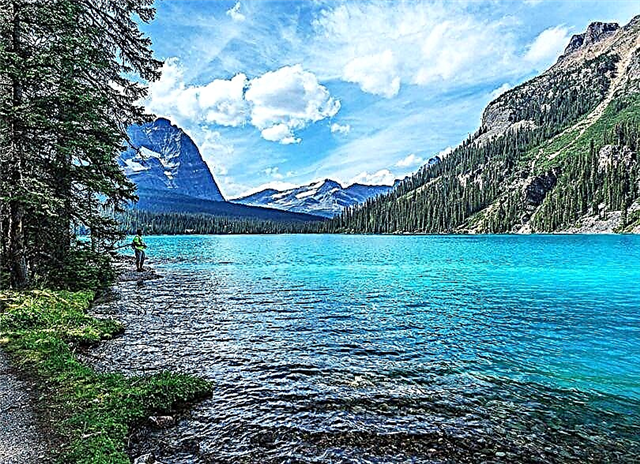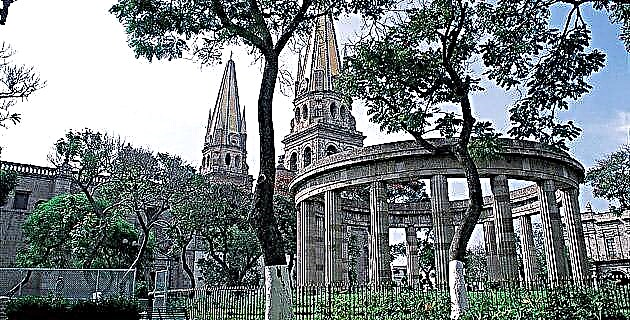
Defying the vertigo of the void, holding on to the rock with the strength of our fingers, hands, arms and legs we discover the fascinating vertical world of rock climbing.
Practicing one of the most intense and extreme sports in the world requires great physical and mental strength, a lot of balance, great elasticity, coordination of the four limbs and nerves of steel. Only then can the most difficult routes be overcome.
There is no experience that equates to standing under a wall, looking around the road and imagining what movements to perform. We take the necessary rings and protections, we smear magnesia on our hands and we begin to climb; the most delicate thing is when the first three protections are placed, since it is still close to the floor. Once height is gained, one relaxes and begins to perform a series of fluid movements like a wall dance.
The secret of climbing is in the legs, our strongest limbs, and you have to use them well by releasing the load on your arms, which tire faster. All climbers expose ourselves to falls or "to fly", as we say; There are times when balance is lost or your strength is simply exhausted and we fall, we “fly”. That is when the protections placed under the rope and the belayer partner come into action, who is in charge of giving us the rope while we ascend and not letting it run when we fall. In this way, only the rope distance that separates us from the last protection is flown.
Climbing is a very careful sport and you must always respect the safety rules and never climb at the top of a degree that you have not yet mastered.
THE ARENAL CAVE IN HIDALGO
Just 30 km from Pachuca, taking the deviation to Actopan, is the municipality of El Arenal, boma in Otomí, which means a lot of sand. About ten minutes from the town and from the road, you can see incredible rock formations; the most striking are some stone spiers called Los Frailes, an ideal place for fun cross-country walks, relatively easy climbing and the possibility of “rappelling” from the top. Another interesting fact is the cave paintings, not very well known, but of historical importance. The climate is temperate-cold and the place is semi-desert, with cacti, thickets of arid and semi-arid zones and volcanic rock.
Once in the main square of the town, you must look for a dirt road, approximately one and a half km without problems for the car, which ends about 30 minutes from the cave.
The somewhat steep ascent on foot takes about 25 minutes and on the way there is a first outdoor sport climbing sector called La Colmena. Here there are 19 short routes –four or five plates only–, and the grades go from 11- to a project of 13. Before reaching the cave there is a collapse where about five routes were also short and explosive.
Finally, in the cave there are about 19 routes; those on the sides of the entrance are vertical and those on the inside are collapsed and with a ceiling. For this reason, in general they are of high degrees, from 12a to 13d and a proposal of 14. All set up by the FESP –Super Poor Climbing Fund–, which is also responsible for opening some of the climbing areas. most important rock in the country.
The cave routes are increasingly popular among the climbing community, especially in Mexico City, because in rainy weather there are not many places that can be climbed. In other sectors, along many routes, water falls directly, or at least the environment becomes humid in such a way that the grips become pasty and the steps slippery. On the other hand, here the routes are in collapse and ceiling, so it can be climbed practically all year round. The classic routes in this sector are: Trauma, 13b, explosive, relatively short, looking at the entrance of the cave from the front, it goes from left to right starting suspended from the ceiling; Matanga, 13b, of resistance for being relatively long and collapsing, which goes in the opposite direction; on the roof, on the left side, there is a short, difficult route with an uncomfortable exit; Penitent, 12c; and finally a new, long, rooftop route, Rarotonga, 13-, to the first meeting, and 13+, leaving the crash at the second.
Currently this cave and especially the Trauma route occupies a very important place in the history of sport climbing in our country, since the climber Isabel Silva Chere managed to chain the first female 13B in Mexico.
GRADUATION OF DIFFICULTY
The routes are classified by a degree of difficulty within the world of climbers and are known by a name given by the one who opens the route: the first to climb it. There are very funny names, such as "Because of you I lost the tennis shoes", "The eggs", "Trauma", "Rarotonga", and so on.
In order to define the difficulty of a certain climbing, a graduation system was developed in the Alps and later in California that above all indicated that the activity to be carried out would no longer be walking, but climbing. This was represented by a number 5 followed by a decimal point and a number representative of the greater or lesser difficulty of the climb. So the scale started at 5.1 and has expanded to 5.14. Even with this graduation, the range between one number and another seemed small, and in 1970 letters were included in the graduation system; thus came the Yosemite Decimal System, which encompasses four more degrees of difficulty between each number. The results are as follows: 5.10a, 5.10b, 5.10c, 5.10d, 5.11a, and so on through 5.14d. This method is the one used in Mexico.
FACETS OF ROCK CLIMBING
Outdoor climbing: As the name implies, the grips can be rock mushrooms, balls, ledges, even very small grips where the first phalanges of the fingers barely enter. Here the type of protections are known as platelets, where the climber assures himself as he ascends with the help of rings, tape with a carabiner at each of its ends.
Indoor climbing: The climber ascends through cracks and fissures embedding his body, arms, hands and fingers like wedges; the fissures receive different names according to their size. The widest ones are known as chimneys, in which you climb in opposition between two side walls. The off-widths are fissures in which the entire arm can be embedded; then there are fist, palm and finger fissures. The way to protect these routes is with removable anchors known as: friends, camalots, spiders and stopers.
SPORTY
Sport climbing is in which the highest degree of difficulty is pursued, as in the Arenal cave, without necessarily trying to reach a peak. Progress is made only using grips, supports or cracks. In general, they do not exceed 50 m of unevenness.
ARTIFICIAL
Climbing is considered artificial when we use the protections to progress on the rock; For this, stirrups and tape ladders are used, which are placed in each protection and on them we progress successively.
GREAT WALL
The great wall climbing is in which it is intended to overcome at least 500 m of unevenness. It can include all the types of climbing mentioned and usually requires an effort of more than a day and sleeping while hanging.
Source: Unknown Mexico No. 330 / August 2004
Photographer specialized in adventure sports. He has worked for MD for over 10 years!

